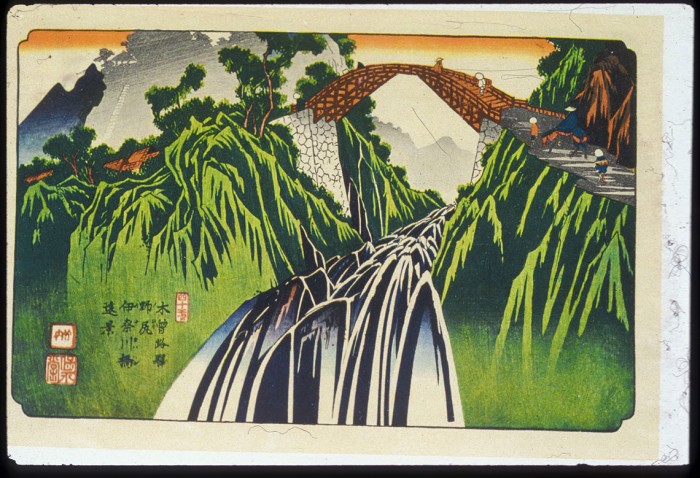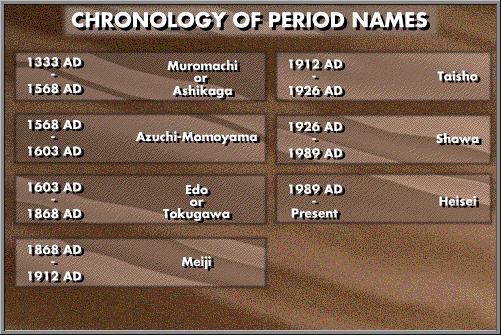
Since Japan is an island nation, transport by boat has always been important. The country’s rivers, however, are short and fast flowing, so an extensive inland waterway network has never been developed. Nevertheless, a limited river transport capacity was developed near the coastal regions where rivers were somewhat wider and quieter, particularly around Edo, Osaka, Kyoto, and Lake Biwa, the largest inland lake in the country. Osaka was a seaport with extensive moats and waterways around the trade and warehousing section of the city to the extent that it has frequently been referred to as the ‘Venice of the Orient.’ The Yodo River connecting Osaka and Kyoto was also heavily used for river traffic, both goods and passengers, during the Edo period.

Lake Biwa was also used for transport of goods and passengers. The principal freight was rice which came from regions north of Kyoto along the Japan Sea coast, overland to the north end of Lake Biwa, then overland again at the south end of the lake to the Yodo River and on to Osaka. In similar fashion, travelers used Lake Biwa and the Yodo River to avoid parts of the Nakasendo and Tokaido highways. Boats, although expensive, offered a more relaxing means of travel.
The principal trading route in the Edo period was the sea link between Osaka and Edo. Osaka acted as the national wholesale market, collecting rice and other goods for shipment to Edo for consumption. Fully-loaded vessels plied the inshore coastal waters on regular schedules. The Osaka-Edo route was exposed to the Pacific Ocean, making the route dangerous due to frequent storms, particularly typhoons, and unpredictable ocean currents. Other sea routes brought goods to Osaka along the ‘Western Circuit’ which stretched west along the Inland Sea to northern Kyushu, through the Straits of Shimonoseki, and around to the Japan Sea-side of the main island.
Passengers were carried on the inshore routes, such as the Inland Sea, but only as far as Osaka. The Edo government insisted that travelers, particularly daimyo and samurai, travel by the land routes as a matter of safety and, more importantly, in order to control and regulate their movement.
During the Edo period, foreign trading rights were granted only to the Chinese and Dutch who traded at Nagasaki and to the domain of Tsu who traded with Korea. After the Englishman, Will Adams, built a small fleet which sailed to Mexico in the early Edo period, further construction of ocean-going trading vessels was halted.
From the mid-19th century, as Japan realized the need for trade in vital raw materials and industrial products and for a strong navy for defense, construction or purchase of ocean-going ships was given fresh emphasis. At the end of the century, government subsidies to shipbuilders encouraged the industry, but only the pressures of World War I gave Japanese shipping companies the lion’s share of Japanese foreign trade. Naval building grew rapidly at the same time, and by 1940 Japan had one of the largest and most powerful navies ever built.
It was only in the late 1950s and 1960s, however, that the Japanese ship-building industry attracted world-wide attention. It gained global dominance of the industry by applying mass production techniques to the construction of oil tankers, bulk carriers, and container ships in particular. These ships were of strategic importance to Japan because of her dependence on imported raw materials and a growing export market of finished goods. Paralleling this growth, Japanese shipping and trading companies assumed ever-greater influence in international trade. The oil crisis of 1972 and subsequent periods of global economic recession, however, have caused a relative decline of both industries in the Japanese economy.

